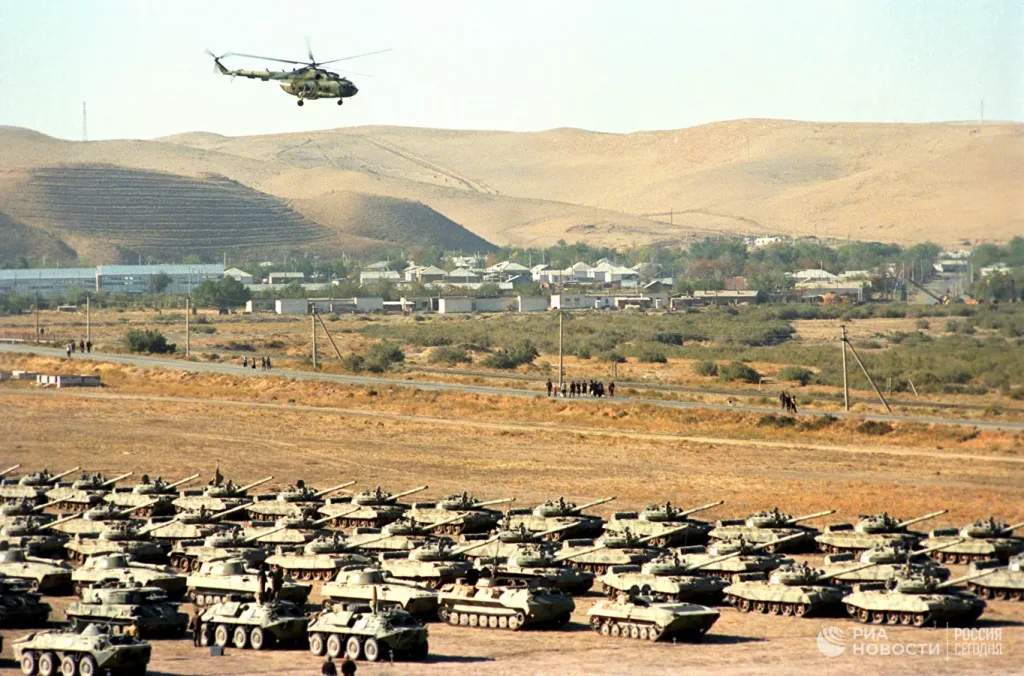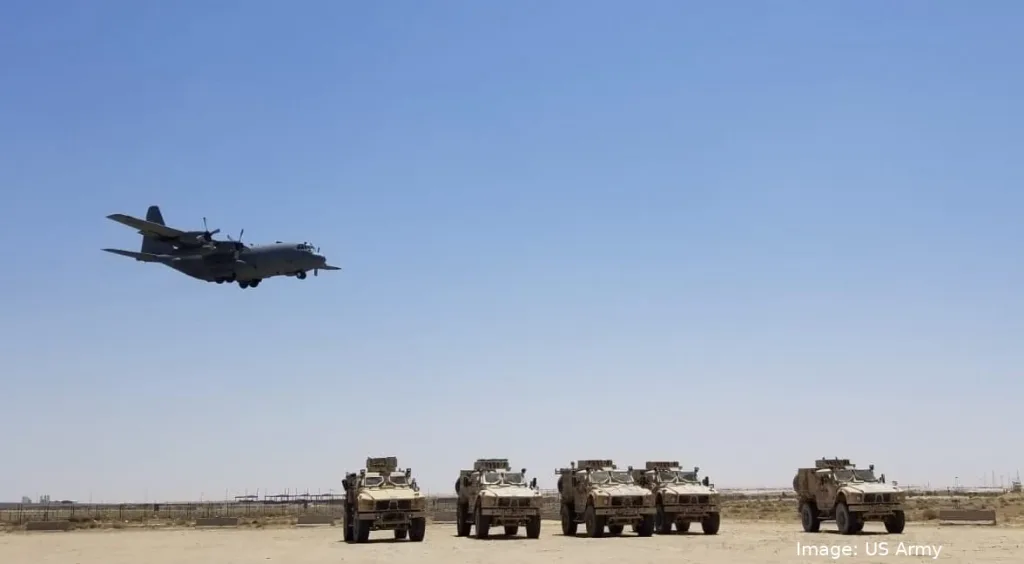There are many ways to lose the war in Afghanistan. The hasty US withdrawal from Afghanistan, a highly criticized one, is a stark contrast to the Soviet Union’s orderly withdrawal from Afghanistan 32 years back.
The image of a helicopter flying over the Kabul Embassy on 15th August brought back memories of the fall of Saigon in1975, which saw the US embassy staff scaling a ladder to climb onboard a helicopter on the roof of the embassy building. The photo of this flight became a symbol of the defeat of the United States in the Vietnam War, the consequences of which the United States experienced and realized over the next ten years. Called ‘Joe Biden’s Saigon moment’, the Kabul event too saw a helicopter circling the US embassy in the last moments.
On 15 February 1989, the last column of Soviet troops left Afghanistan. On this day, the commander of the Limited contingent, Lieutenant General Boris Vsevolodovich Gromov, jumped from an armored personnel carrier, crossed the bridge, symbolizing that he was the last to cross the border river Amu Darya (Termez). But in reality, the last to leave Afghanistan were the units of border guards and special forces covering the withdrawal of troops and left on the territory of the USSR only in the afternoon of February 15. This orderly event marked the end of the Afghan war for the Soviet Union, which lasted almost ten years and claimed the lives of over 15 thousand Soviet citizens.
Memories of the Russian withdrawal may be the reason for the US haste
US ‘Operation Cyclone’ funded and armed the Afghanistan Mujahideen to harass the Russian Forces to make their stay and withdrawal difficult, probably as a payback for the Vietnamese experience.
The Taliban have developed diplomatic relations with the Russians even though the Russians have not officially recognised them. The US did not want the repeat of the experience and withdrew hastily even though the Taliban kept assuring the safety of foreigners.

“The Americans are running. The situation is not completely clear and may change, but the footage of the flight is very revealing. The Soviet Union left Afghanistan with dignity, with flags raised. The comparison is very clear, ” Major General Yevgeny Nikitenko, who in 1985-1987 held the post of deputy chief of the operations department of the 40th Army of the USSR Armed Forces stationed in Afghanistan, told the Russian news source Gazeta.
The US is not the only one to beat a hasty retreat. Just a few days back, the Chinese strategic community was mocking the Modi Governments’ hasty withdrawal of diplomatic staff from Kandahar.
The US Withdrawal
The United States had already begun withdrawing forces before February 2020. Joe Biden announced the total withdrawal of the US troops to start on March 2021 and end in September this year. The orderly withdrawal of Western troops began in May-June in an orderly manner. By early July, the evacuation resembled a hasty flight. For example, the airbase in Bagram was abandoned overnight, where the American military left hundreds of units of various types of weapons, which did not even bother to transfer to the Afghan army.

As the Taliban stepped up its offensive, the withdrawal of Western troops turned first into a chaotic retreat, and then practically into flight. Over the weekend, the United States had to bring about 7,000 troops to Afghanistan to provide adequate defense and cover for the hasty evacuation of foreign civilian personnel from the Kabul Airport.
Saigon Moment?
Prior to the complete withdrawal, the journalists had asked Joe Biden if a repetition of the tragic events of 1975 was possible. Biden had claimed “the Taliban are not the North Vietnamese army. They don’t even remotely have such capabilities. You will not see people being removed from the roof of the US Embassy in Afghanistan. These are incomparable situations.”
Biden turned out to be partially right. The helicopters hastily transporting the staff of the US Embassy from Kabul to the airport, landed not on the roof, but on a stationary platform in the embassy’s courtyard, over which black smoke rose from hastily burned documents, state symbols and flags that shouldn’t have gone to the Taliban.
Crumbling of Afghanistan Government and the Armed Forces
Like the US, even the Soviets left the pro-Soviet regime of Mohammad Najibullah to fend for itself after the departure of Soviet troops in 1989, but Najibullah held out on its own for another three years. He even survived the collapse of the USSR and the interruption of supplies before losing control over the country.
The pro-American regime of Ashraf Ghani collapsed even before the completion of the withdrawal of foreign troops. He himself fled the country.
The Afghanistan Armed Forces, trained and equipped over 20 years by the American’s, surpassed Taliban numerically and equipment wise. But these units left their positions, either deserting, or even joining the ranks of Taliban, into whose hands both army weapons and equipment were automatically transferred and so were the warehouses abandoned by US and NATO forces.
Local centers of resistance of the most efficient government forces were brutally and quickly suppressed.
The 150,000 fighting men among the total strength of 300,000 were bested by about 75,000 Taliban because of the flaws in their military training, which were built on the conduct of hostilities according to the American pattern with the leading role of aviation and artillery. To conduct such operations, the Afghan army needed a well-functioning system of interaction and coordination of actions between the branches of the armed forces, which was done by the Western Forces before the hasty exit. This departure seriously undermined the logistics and the entire command-and-control system of the Afghan armed forces. The flight of instructors and the US private contractors hit the morale of the Afghan government forces, accustomed for 20 years to rely on technical and command and staff capabilities, intelligence and fire support of US and NATO forces.
The Taliban’s strategy was also extremely effective. It took advantage of the shock and the collapse of the Afghan system and security forces. Taliban quickly took over many cities with little resistance. They released their supporters from prisons,seized the weapons, broadcasted of their successes on the Internet, which helped to garner vast resources and thousands of new recruits. They also gained a powerful moral superiority over government forces and over Western capitals, whose only goal now is to successfully evacuate their citizens.
